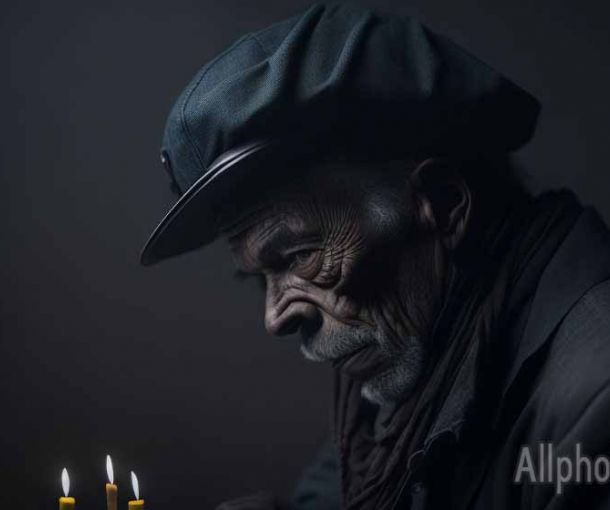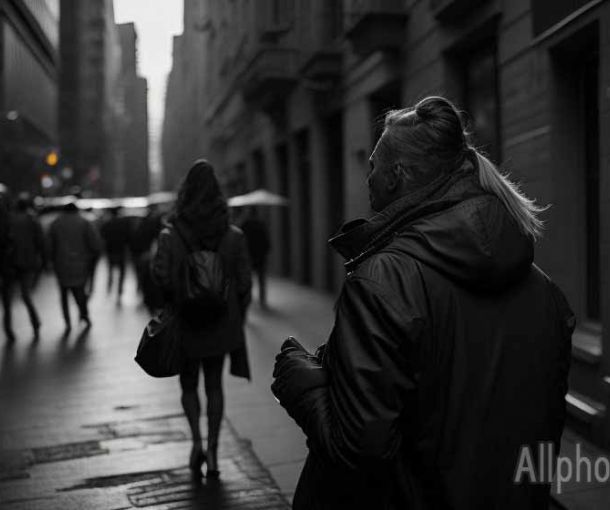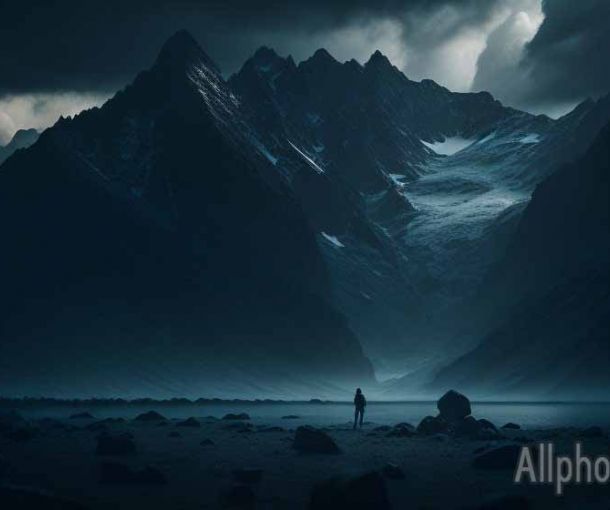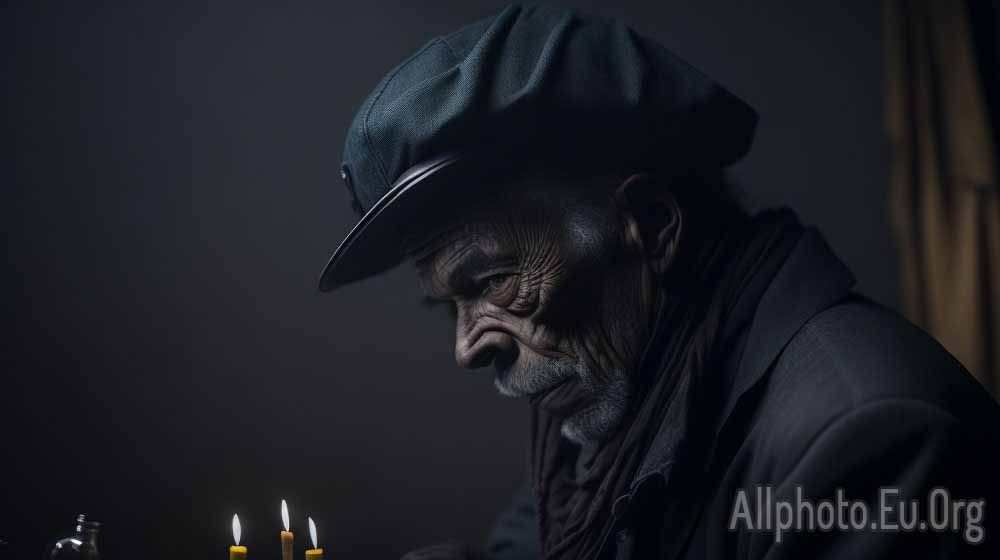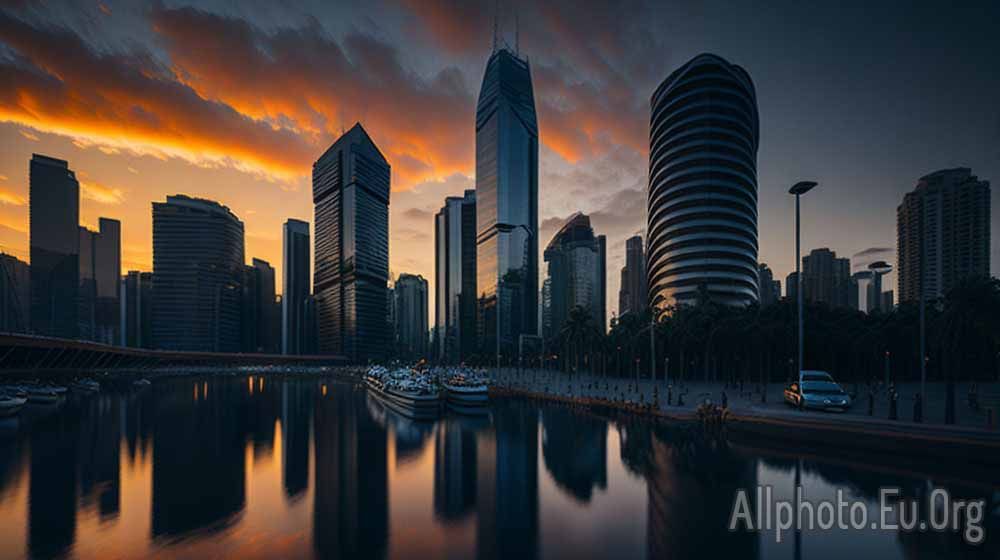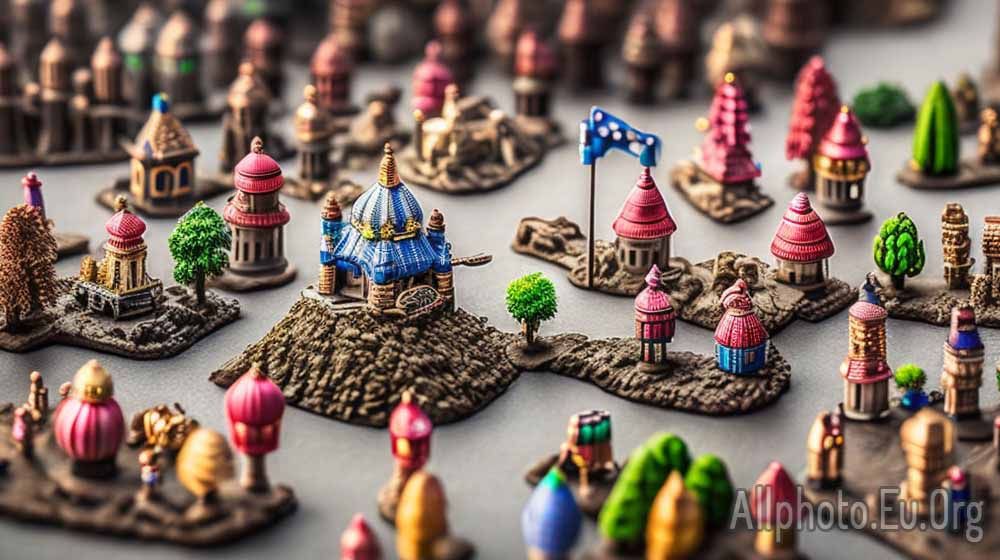The Impact of Color in Photography: Using Color Theory to Enhance Your Photos
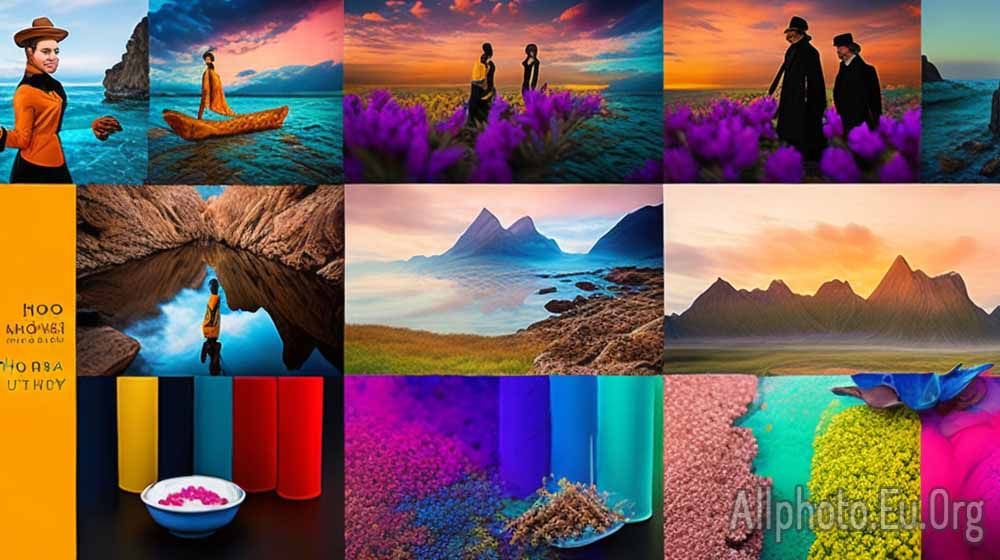
Photography is an art form that allows us to capture the beauty of the world around us. It is a visual medium that relies heavily on color to create impact and convey emotion. In this article, we will explore the impact of color in photography and how you can use color theory to enhance your photos.
Color Theory in Photography
Color theory is the study of how colors interact with each other and how they can be used to create harmony and contrast. It is an essential aspect of photography, as it allows photographers to create images that evoke emotion and tell a story.
There are three primary colors in color theory: red, blue, and yellow. These colors cannot be created by mixing other colors and are known as primary colors. Secondary colors are created by mixing two primary colors, and tertiary colors are created by mixing a primary color with a secondary color.
In photography, the color wheel is often used to help photographers understand the relationships between colors. The color wheel is a circular diagram that shows the primary, secondary, and tertiary colors and how they relate to each other.
Using Color to Convey Emotion
Color has the power to convey emotion and set the tone for a photograph. For example, warm colors such as red, orange, and yellow can evoke feelings of happiness, excitement, and warmth. Cool colors such as blue, green, and purple can create a sense of calmness, tranquility, and sadness.
When selecting colors for your photographs, it is essential to consider the emotion you want to convey. For example, if you are photographing a sunset, warm colors such as orange and yellow can create a sense of warmth and happiness. On the other hand, if you are photographing a landscape in winter, cool colors such as blue and white can create a sense of tranquility and calmness.
Using Color to Create Contrast
In addition to conveying emotion, color can also be used to create contrast in photographs. Contrast refers to the difference between two or more elements in a photograph, and it can be created through the use of color, tone, and texture.
Using contrasting colors can help to create a sense of depth and add visual interest to a photograph. For example, if you are photographing a landscape, using complementary colors such as blue and orange can create a sense of depth and contrast.
Using Color to Create Harmony
Harmony refers to the balance and unity of colors in a photograph. Creating harmony in a photograph can help to create a sense of balance and coherence, and it can be achieved through the use of complementary colors, analogous colors, or monochromatic color schemes.
Complementary colors are opposite each other on the color wheel and can create a sense of balance and contrast when used together. Analogous colors are next to each other on the color wheel and can create a sense of harmony and unity. Monochromatic color schemes use variations of the same color and can create a sense of depth and simplicity.
Using Color in Post-Processing
Color can also be used in post-processing to enhance the impact of a photograph. Post-processing allows photographers to adjust the color, contrast, and saturation of an image to create a specific mood or emotion.
For example, adjusting the color temperature of a photograph can create a warmer or cooler tone, while adjusting the saturation can create a more vibrant or muted look. The use of color grading can also help to create a specific mood or tone, such as a vintage or cinematic look.
Conclusion
Color is an essential aspect of photography, and understanding how to use color theory can help to enhance the impact of your photographs. Whether you are looking to convey emotion, create contrast, or create harmony, color plays a significant role in the visual language of photography. By using color effectively, you can create images that tell a story, evoke emotion, and capture the beauty of the world around you.
In conclusion, the impact of color in photography is significant, and by using color theory effectively, photographers can enhance the emotional impact and visual appeal of their photographs. Whether you are a beginner or an experienced photographer, understanding how to use color in your compositions can help you create images that stand out and tell a story. So, go out and experiment with color, and see how it can take your photography to the next level!
Tags
Latest Articles
Most Read
All Tags
Subscribe
Donate
Please consider supporting our efforts.
© 2023 All-Photo.Cf All rights reserved.
